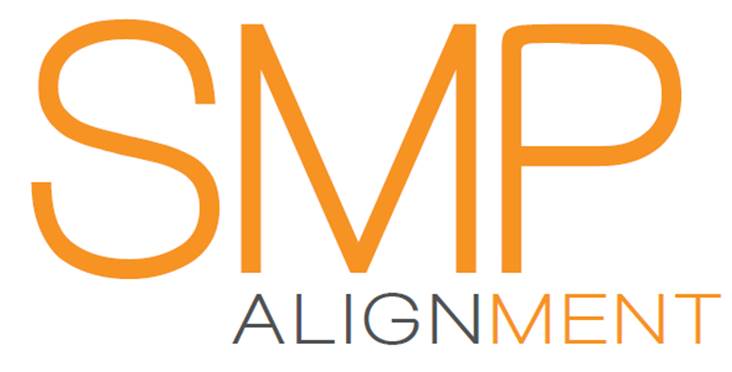Let’s set up the math first. Market share is the portion of sales earned from a particular market divided by the total market size.
Market Share (%) = Sales to the market ÷ Total market size
Looking to the denominator, market size estimates are almost always uncertain and effectively unknowable. Rules of mathematics then make market share unknowable. With such an attribute, market share is therefore an unsuitable KPI (Key Performance Indicator). No one can say the number is right, so it fails to meet the “M” criterion of a SMART goal.
But if you insist…
An idealized goal is to have 100% market share. If that’s ever achieved, the company is doing something anticompetitive or the market attractiveness is such that no one else has figured it out. Either way, it's best to keep a low profile.
Except for a bonafide commodity, those that buy an offering are voting with their dollars that it is a “best fit” amongst options and the next best substitute is not as good. In other words, it has a unique position on the price performance chart and fits a distinct market segment.
There are three truths about market share:
- A company can have at most 100% market share of its uniquely identified segment
- A company has 0% market share of customers that don’t buy from it
- Any other market share metric is a misleading estimate
Leave market share as an academic topic and focus on identifying who will buy what you offer. Help them do it and service the heck out of them. If you’re looking for help to build SMART KPIs, then…

